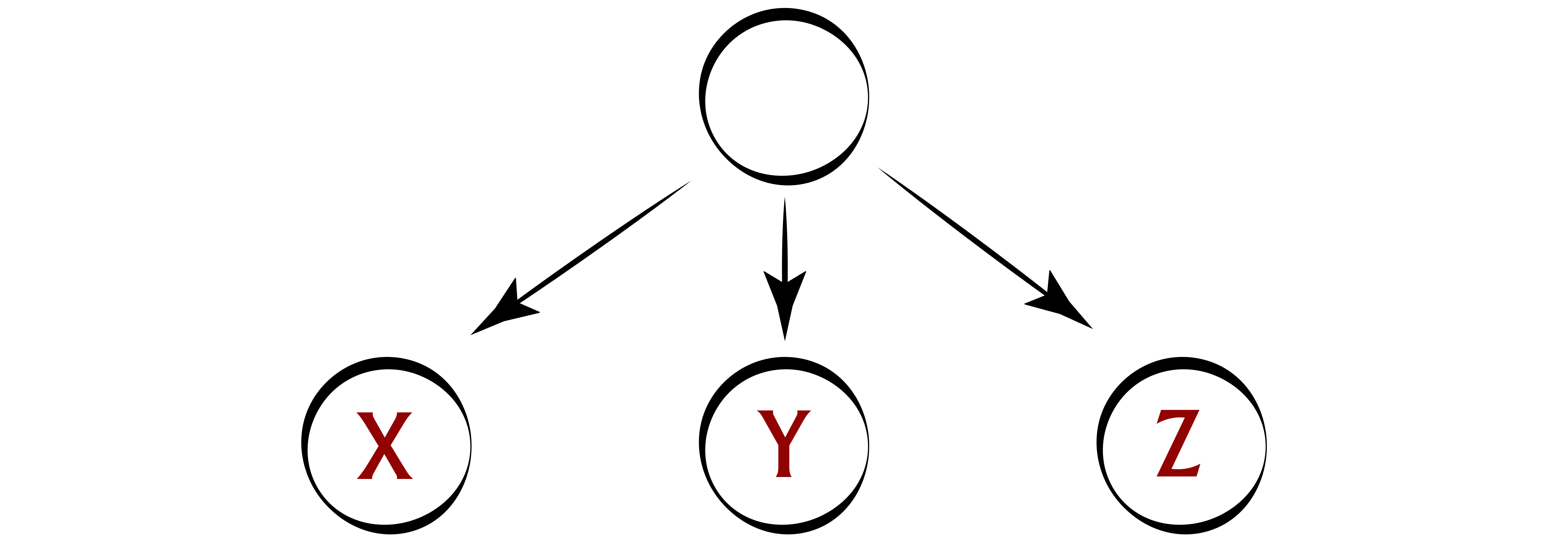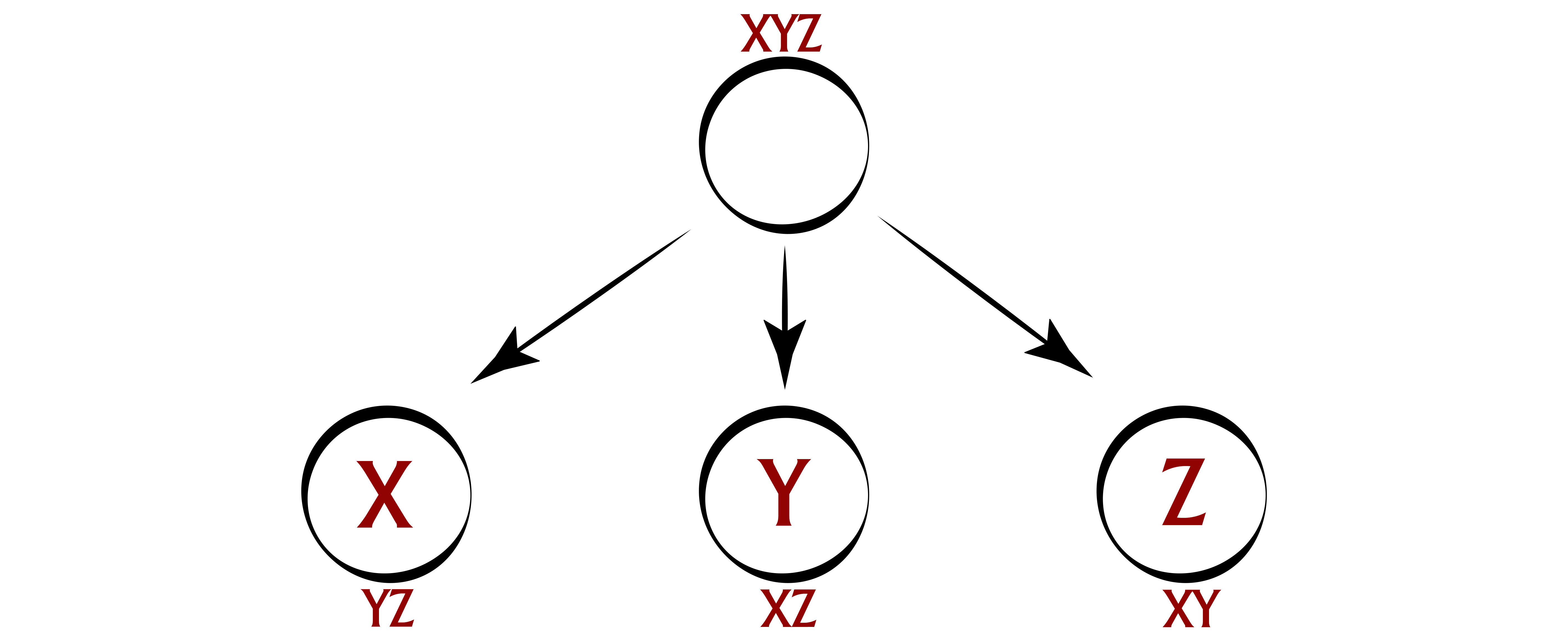I’ve shared several remixes of published adventures here on the Alexandrian. These have included individual scenarios like Eclipse Phase: Ego Hunter, Keep on the Shadowfell, and The Tomb of Horrors, as well as full campaigns like Dragon Heist, Descent Into Avernus, and Eternal Lies. I’m often asked what the secret is to doing adventure remixes like this.
First: There has to be a reason to remix the adventure in the first place. For an adventure to be worth remixing, there needs to be something really awesome about it. So awesome that it’s worth putting in the effort to bring that experience to the table.
People sometimes tell me, “Such-and-such an adventure is awful. It’s the worst adventure I’ve ever read. Can you do a remix of it?” And the answer is no. There’s no reason to do that. There are hundreds of published adventures that are worth running, and even if there weren’t, your time would be better spent creating an original adventure instead of trying to overhaul a pile of crap.
You need to be willing to do is walk away from adventures that are just bad. That’s okay. There are lots of bad adventures, just like there are bad books, bad movies, and bad TV shows. It’s not just okay to read something and then use your critical judgment to walk away from it, it’s recommended.
Second: At a fundamental level, remixing is more art than science. There’s no recipe or simple set of instructions you can follow and automatically end up with a good adventure. It’s a creative process, that has to be guided by your creative instincts.
Hopefully, though, the advice which follows will prove useful to you.
TYPES OF REMIXES
I tend to think of my remixes as belonging to one of two general types:
Expansive remixes are primarily focused on creating lots of cool new content for a scenario. My work with Eternal Lies is a hypertrophic example of this approach. The published campaign is absolutely fantastic; I just wanted to enhance it in every way possible. The Alexandrian Remix added 300+ props, 150+ diorama elements, two brand new adventures, and a wide variety of bonus material. Another good example is the Masks of Nyarlathotep Companion, an 800-page fan publication that similarly sought to add tons of new material for GMs running the original Masks of Nyarlathotep.
Design remixes, on the other hand, are focused on “fixing” the adventure. This is usually what people mean when they ask me about remixing adventures, and the primary focus here is in correcting structural defects in how the adventure is designed. (In other words, the adventure has lots of cool stuff in it – which is why we want to remix it in the first place – but it’s not very good at delivering that stuff to the players. So we’re going to fix that structure and bring more of that cool stuff to the players in cool ways.)
In practice, my remix work for any adventure usually includes elements of both. Even the best published adventures tend to be anemic in their scenario structures and can usually benefit from some bulking up in that department; and once I’m neck deep in mucking out a railroad and replacing it with an active scenario structure, I’m probably going to start pouring cool ideas I have into the adventure, too.
ADDING COOL STUFF
The part where you add more cool stuff to an adventure is the bit that’s almost entirely art and very little science. It’s an almost entirely opportunistic process: Think of something cool through that strange alchemy by which our brains create stuff, then add it to the adventure.
This process starts, however, when you’re reading the adventure for the first time. Keep a notebook nearby and when the adventure prompts an interesting thought, make sure to write it down. (Otherwise, in my experience, that thought is going to escape out the window and you’ll never see it again.)
One thing you can do which is almost always cool is adding props and handouts to the adventure. I discuss how to recognize opportunities to do this with published adventures in detail in How to Prep a Module. The short version? Any place where an adventure says something like, “The PCs find a letter telling them that Lord Sonofabitch is the secret mastermind behind the plot to kidnap the gnome babies,” is usually an opportunity to actually write that letter or book or whatever.
As you’re adding new stuff to an adventure, you’ll want to make sure that it isn’t creating new problems.
- Is the new material affecting the pacing of the scenario?
- How is it affecting the scenario’s sequencing? Is it preempting information that the players shouldn’t have until later?
- Does the new material affect the balance of the scenario? For example, does the magic item you’ve added in Act I trivialize the challenges in Act II?
- Is it integrated into the scenario structure? For example, if it’s a new location for the PCs to find during their investigation, have you included three clues to make sure they find it?
And so forth. In my experience, this is rarely a problem. But it’s worth keeping one eye on it just to make sure.
FIXING STRUCTURE
When it comes to fixing an adventure, what this largely boils down to is looking for places where you think the adventure is structurally weak or broken and then figuring out what to do about it.
This will probably make more sense if you’re familiar with the concept of scenario structures. The short version is that the vast majority of GMs and designers are limited to just three structures when designing and running their scenarios:
- Railroads
- Dungeoncrawls
- Mysteries
This is a problem because when you try to prep a scenario using the wrong scenario structure, the result is usually a disaster. Wrong-headed examples can include stuff like running a dungeon as a linear timeline of events; running conversations using combat initiative; or trying to have players navigate a city as if it were a dungeon (making intersection-by-intersection navigation decisions everywhere they go).
And in practice, it can actually be a lot worse: A lot of “mysteries” are actually just railroads because their designers don’t understand how to structure mysteries. And D&D has actually stopped teaching new DMs how to prep and run dungeons, so there’s a whole generation of designers who also don’t know how to do that.
This means that a lot of designers are more or less forced to use a railroad for everything they design, and railroads are always bad.
So what you’re looking for are the places where the scenario is trying to do something but lacks the structure to make it actually happen at the table in a satisfying way.
MYSTERY SCENARIOS: For an easy example, take any mystery scenario. Any time an adventure wants the PCs to solve a mystery, the first thing I’m going to do is make a revelation list and check to see if it follows the Three Clue Rule:
For any conclusion you want the PCs to make, include at least three clues.
If a scenario is missing clues for one or more of its revelations, then it’s fragile and liable to break during play. Once you’ve spotted the missing clue, of course, you can fix the problem by simply adding new clues.
REBUILDING RAILROADS: This is going to sound ridiculously easy, but nine times out of ten what I’m doing when remixing an adventure is casting a detect railroad spell and any place where the designers have prepped a plot – A happens then B happens then C happens – I just remove the plot.
The result may still be a linear adventure (there’s nothing inherently wrong with linear design; it’s just that a properly designed linear adventure is different than predetermining a sequence of events), but you’ll often discover that the linear structure is actually just an artifact of the railroading and, in fact, completely unnecessary.
An easy variant of this is to look for any linear quest chain (an NPC says “get X,” the PCs get X; then the NPC says “get Y,” the PCs get Y; then the NPC says “get Z”… etc.). See if you can break that up by having the NPC simply tell the PCs that they need X, Y, and Z right from the beginning. You’ll be surprised how often this is possible, and the net benefit is that the players now have to strategize and prioritize their targets. Even if that choice seems arbitrary in an abstract sense, it will nevertheless empower the players, and, in my experience, these choices usually become profoundly meaningful in actual practice.
In a general sense, what I’m doing here is looking at how the linear structure can be broken up with node-based scenario design.
Using our example of the serial quest-giver, for example, the original adventure’s structure looks like this:

Which, when we have the quest-giver tell them everything up front, turns the structure into this:

Neither of these structures is inherently superior to the other, but the nonlinear structure gives us a lot more flexibility. For example, we could seed each of the X, Y, and Z nodes with information about the other two nodes that might make raiding or investigating them easier.
The flexibility isn’t just limited to prep. It will also emerge organically during play. If the players decide to attack the Fortress of Black Night (Node X) and discover that the bad guys there are too tough for them, then, in the linear structure, they’re basically stuck: Their only options are to give up or to ram their face into the Fortress again and again in the hope that somehow it’ll go differently.
But in the nonlinear structure, if they hit unexpected difficulties at Node X, they can bounce over to Node Y or Node Z. Which might give them an opportunity to level up, gain resources that will help with cracking Node X, and/or find an alternative route to accomplishing their goals, depending on the nature of the scenario.
(Remember! These aren’t contingencies you need to prep. They emerge naturally during play as the PCs interact with a nonlinear scenario.)
You can, of course, do the same thing with mystery scenarios. Instead of a linear structure like this:

Where the initial node has three clues pointing to Node X, which has three clues pointing to Node Y, and so forth, you can instead create a nonlinear node-based structure with clues pointing in multiple directions:

Here the initial node has clues pointing to Node X, Y, and Z, and then each of those nodes have clues pointing to each other. Since, as we’ve noted, you frequently need to add clues to published mystery scenarios to make them more robust, it’s often trivial to simply add those clues in a nonlinear fashion.
This particular example conveniently forms most of a 5-Node Mystery, but there’s nothing particularly special about this specific pattern of clues. One of the great advantages of node-based design is that you can freely associate the nodes in any way that makes sense in the context of the scenario and the game world.
In fact, one of the most notable things about remixing adventures is how often you can take a plotted adventure, simply remove the plotted elements (“the players must do A so that B will happen”), and watch a plethora of perfectly serviceable nodes drop into your lap. Often all you have to do is
- Look at them logically from the perspective of the game world and
- Think about how information can/should flow to the PCs (in the form of clues)
to quickly rebuild the connective tissue between them according node-based design principles.
The Dragon Heist Remix, is a good example of what this looks like in practice.













I really appreciate this content. I’m interested in creating ptolus-like content, and your recent articles have been especially relevant.
This series is incredibly well timed as I’m currently remixing (although I thought of it as just preparing until I read this) the Vampire: The Masquerade V5 quickstart adventure.
I really like the central premise of the adventure but in practice the adventure appears to be: go around “investigating” a mystery for which there are no clues that allow you to solve it, then get a flashback that tells you the solution. So I just started putting clues in. Then I noticed that there weren’t any clues that pointed you between locations, which was more of a problem now that I expected them to actually solve it. And before I realised what I was doing I’d started building a node based mystery structure for it.
This article has prompted me to think about other things I might want to do to strengthen the adventure.
This series and the last one about prep a module were among the most useful I’ve seen here. Their connect a lot of content from this blog in a cohesive way and I’m thankful for them.
So many english mistakes in my last comment, but the compliment remains valid.